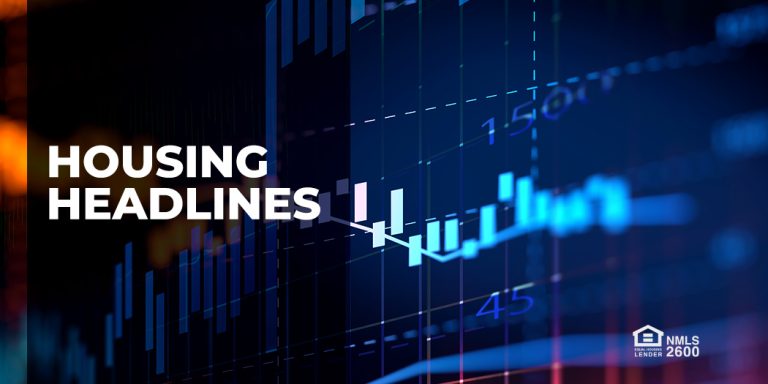Debt Ceiling Impacting Rates
This past week interest rates ticked higher in response to the still unresolved debt ceiling debate. Let's look at what happened last week and discuss events to watch for this week.

Debt Ceiling Fallout
As of this writing, there has been no resolution to the debt ceiling debate, where Congress and the White House agree on a plan to lift our spending limit. In the absence of lifting our debt ceiling, there is a risk of debt default and/or a credit downgrade. Any of those scenarios would be very disruptive to the financial markets and our overall economy.
We are already seeing upward pressure on rates due to the lack of a resolution. The one-month Treasury bill spiked to 5.60%, up from 4% just a few weeks ago. This dramatic spike has also placed upward pressure on the 10-year yield and mortgage rates. The former hit two-month highs last Thursday.
There is optimism a deal will get done, but until that happens, we should expect continued upward pressure on rates along with a lot of volatility.
Regional Banks Faring Better
Some good news in the banking sector. A couple of banks, which were feared to have problems, reported larger than expected deposits over the first quarter. This gave a sense that the worst of the banking crisis may be behind us. It may still be too early to tell, but stocks blasted off on Wednesday from this optimism.
If we do indeed see the banking sector stabilize, it would likely embolden the Federal Reserve to continue talking about holding rates higher for longer.
Fed Speak Continues
Federal Reserve officials were out offering their thoughts on rates and inflation and generally spoke tough about the need to keep rates higher for longer. Some, like Fed Governor Phillip Jefferson, offered hope for a June pause on hikes saying this, "History shows that monetary policy works with long and variable lags, and that a year is not a long enough period for demand to feel the full effect of higher interest rates."
33% For .25%
Despite high uncertainty around the debt ceiling debate and banking sector, the chance of a .25% rate hike in June is now at 33%. Remember, Fed rate hikes have no direct impact on home loan rates, but this will affect credit cards, auto loans and home equity lines of credit.
Mixed Messages
Home Depot reported poor earnings, casting a dark shadow on the markets. But then the very next day, Wal-Mart reported fantastic earnings, which was highlighted by broad purchases from their consumers. These conflicting signals on the health of the consumer have added to the uncertainty in the financial markets and thus what the Fed should do next.
Retail Sales for April came in less than expectations when factoring in inflation. Meaning, because of higher prices, consumers purchased less. Reports like this elevate fears of more rate hikes ahead.
Bottom line: As the debt ceiling debate continues unresolved, we should not expect much, if any, improvement in interest rates.


